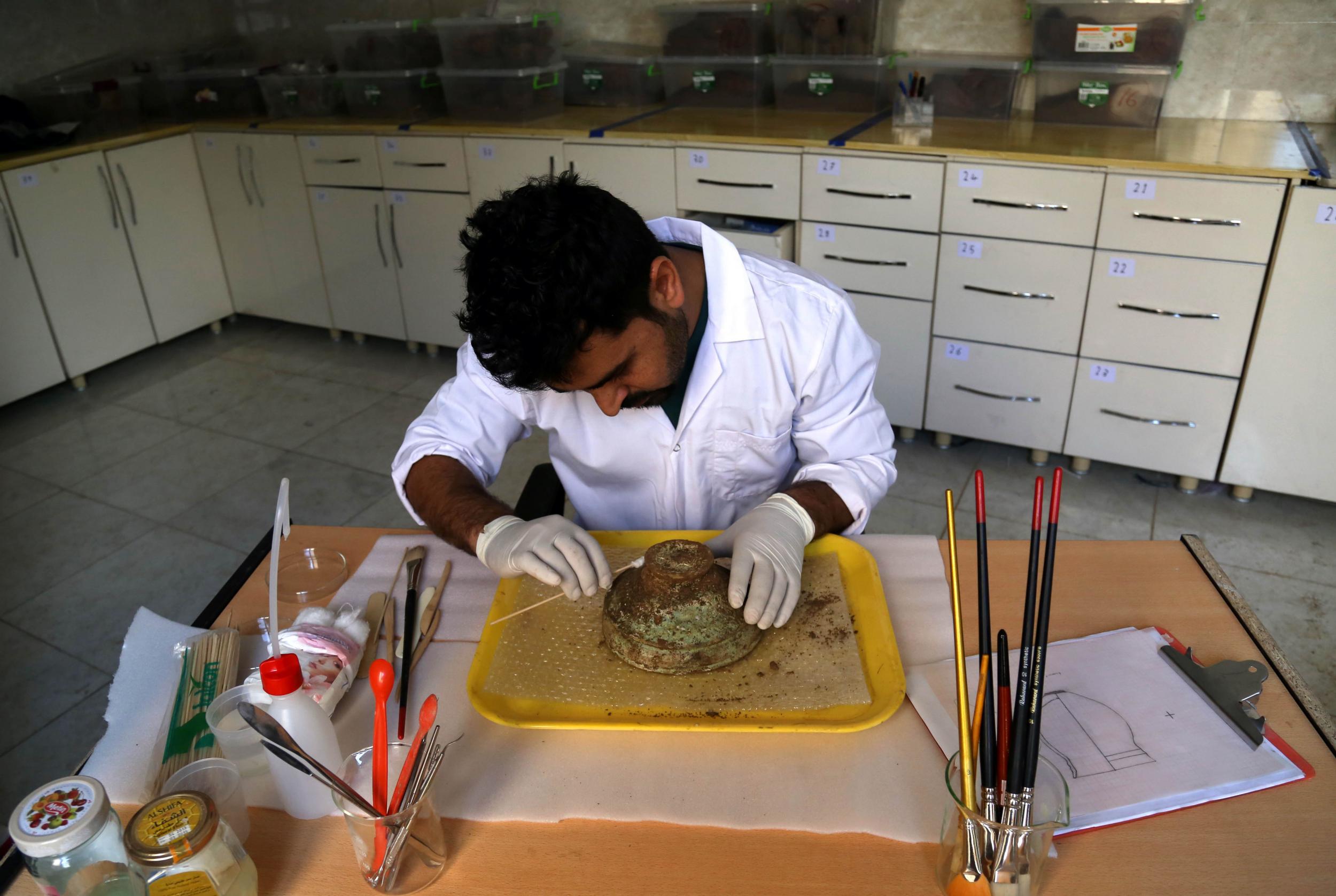Lost city in Iraq founded by Alexander the Great discovered by archaeologists
Drone photography used to unearth dormant ruins

Archaeologists in Iraq have discovered a city which was lost for more than 2,000 years with the help of drone photography and declassified intelligence images.
Qalatga Darband, which is believed to have been founded in 331 BC by Alexander the Great, was discovered by a team of Iraqi and British archaeologists led by experts from the British Museum.
John MacGinnis, who is leading the team on the ground, told The Times: “It’s early days, but we think it would have been a bustling city on a road from Iraq to Iran. You can imagine people supplying wine to soldiers passing through.”
The site of initially came to the attention of archaeologists following the release of declassified CIA satellite photos from the 1960s, which appeared to show the outline of ruins.
Dr MacGinnis and his colleagues then used drones to discover the outlines of buildings which have lain beneath the ground for centuries.
Greek coins, and statues of Greco-Roman deities, have also been found at the site in Iraqi Kurdistan.
Staff from the British Museum have been training Iraqi heritage experts in a government-funded scheme designed to help archaeologists protect sites of historical significance in areas of the Middle East which have been severely impacted by conflict.
The Emergency Heritage Management Training Programme have trained workers in advanced technqiues including global positioning systems, satellite imagery and geophysics.
Iraqi heritage services have been severely impacted by the chaos that followed the US-led invasion of Iraq in 2003.
Isis have destroyed a number of historical sites for propaganda purposes, including large parts of the ancient Assyrian City of Niveneh and the Temple of Baalshamin in Palmyra.
In June, militants destroyed the Great Al-Nuri Mosque in Mosul, where three years ago the group’s leader, Abu Bakr al-Baghdadi, declared himself the leader of a new Islamic caliphate.
Join our commenting forum
Join thought-provoking conversations, follow other Independent readers and see their replies
0Comments